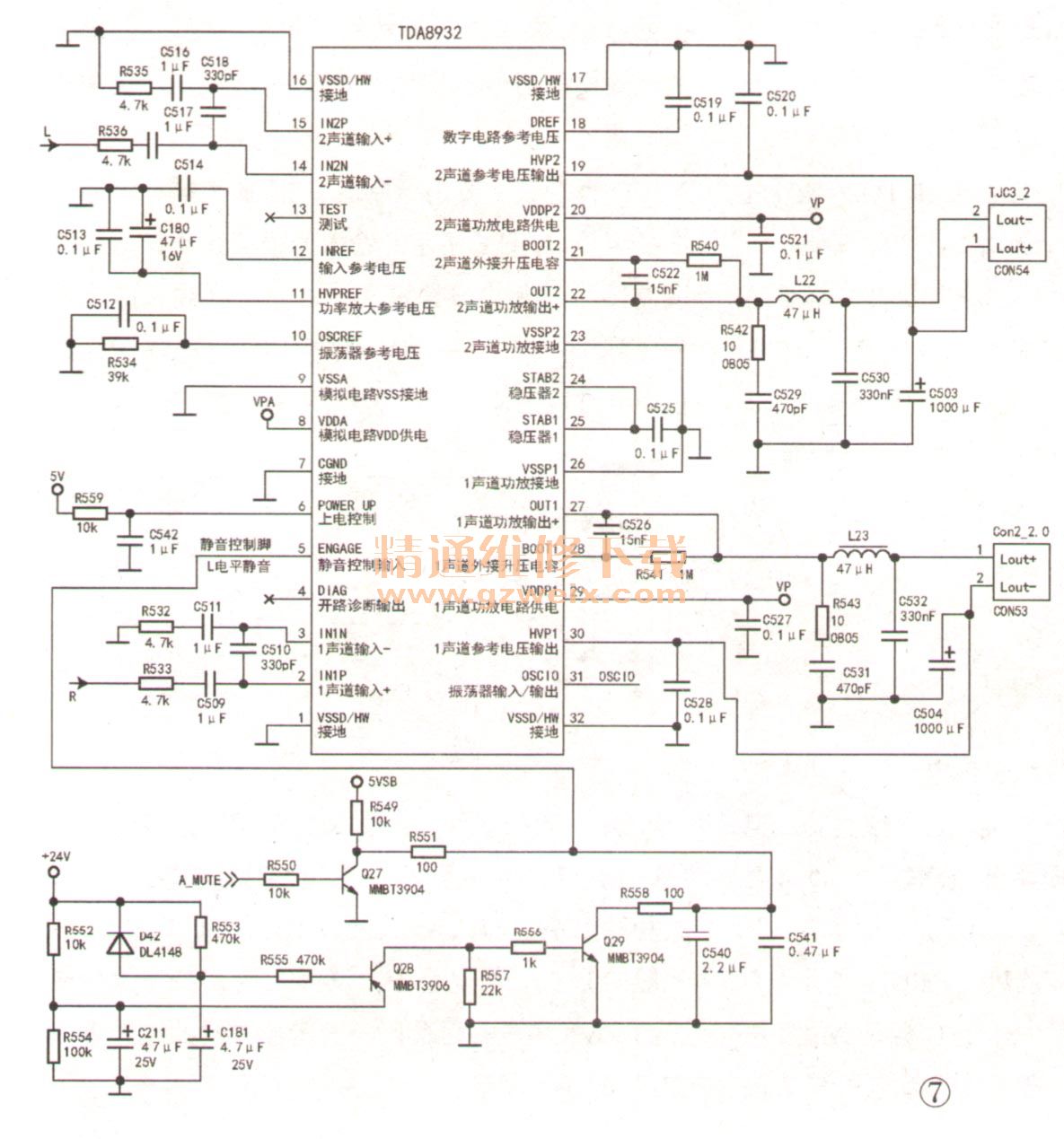

Further, these patterns have been recognized in innovation generally, including technology life-cycles and learning systems. S-curves can describe the growth of technological performance. Sigmoidal models have been shown to be compatible with technological evolution, even in the context of Moore’s Law of transistor performance, giving rise to decreasing growth rates as a technology matures. These observations are generally referred to as “Moore’s Law”, a benchmark that has become a largely undisputed, though perhaps misunderstood, rule for the microprocessor industry.

The observed trend slowed from a doubling in the number of components per chip every year to doubling every two years, with an intermediate doubling time of 18 months. It has been observed that the number of semiconductor components on a silicon chip increases exponentially and is expected to stop growing only when uncertain limits have been reached. The six waves of transistor density increase account for and give insight into the underlying processes driving advances in processor manufacturing and point to future limits that might be overcome. During each stage, transistor density increased at least tenfold within approximately six years, followed by at least three years with negligible growth rates. Density of Intel processors between 19 are consistent with a biphasic sigmoidal curve with characteristic times of 9.5 years. Growth in the number of transistors per unit area, or chip density, allows examination of the evolution with a single measure. We note that the increase encompasses two related phenomena, integration of larger numbers of transistors and transistor miniaturization. Analysts have debated whether simple exponential growth describes the dynamics of computer processor evolution. Gordon Moore famously observed that the number of transistors in state-of-the-art integrated circuits (units per chip) increases exponentially, doubling every 12–24 months.


 0 kommentar(er)
0 kommentar(er)
